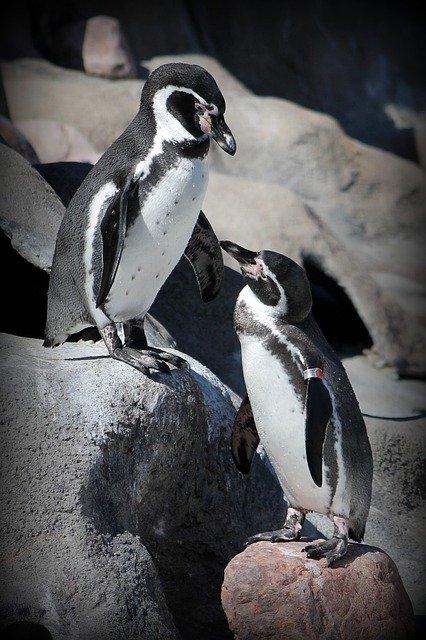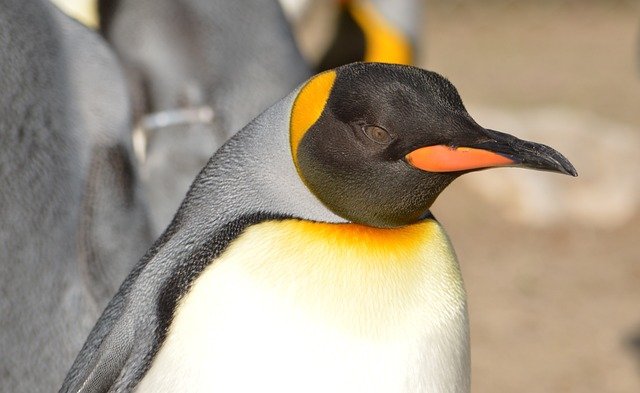**Topic: "The Remarkable Adaptations of Penguins: Survival in the Harshest Environments

The Remarkable Adaptations of Penguins: Survival in the Harshest Environments
Penguins are fascinating creatures that have captivated the hearts of many. These flightless birds are primarily found in the Southern Hemisphere, particularly in Antarctica and its surrounding islands. Their ability to thrive in some of the harshest environments on Earth is a testament to their remarkable adaptations. In this post, we will explore the unique features and behaviors that enable penguins to survive and flourish in extreme conditions.
1. Streamlined Bodies for Efficient Swimming
Penguins have evolved to become exceptional swimmers. Their bodies are streamlined, reducing drag as they navigate through icy waters. This adaptation allows them to reach speeds of up to 15 miles per hour (24 km/h) when swimming. Their wings have transformed into flippers, providing powerful propulsion while diving for fish, krill, and other marine organisms.
2. Insulating Feathers
One of the most critical adaptations for penguins is their dense, waterproof feathers. These feathers are tightly packed and coated with a special oil secreted from a gland near their tails. This oil not only keeps them dry but also provides insulation against the frigid temperatures of their environment. Underneath their feathers, penguins have a layer of fat, known as blubber, which further aids in thermal regulation.
3. Social Behavior and Huddling
Penguins are highly social animals, often living in large colonies. During the harsh Antarctic winters, they engage in a behavior known as huddling. By clustering together, they can conserve heat and protect themselves from biting winds and freezing temperatures. This communal behavior is vital for survival, as it helps to reduce the risk of hypothermia.
4. Unique Breeding Strategies
Penguins have developed unique breeding strategies to ensure the survival of their young. For instance, Emperor Penguins are known for their remarkable breeding cycle. After laying a single egg, the female transfers it to the male, who keeps it warm on his feet under a flap of skin called a brood pouch. The female then goes to sea to feed, returning after several weeks to find her mate and chick. This division of labor allows both parents to contribute to the survival of their offspring.
5. Adaptations to Diet and Foraging
Penguins have a specialized diet that consists mainly of fish, squid, and krill. Their excellent diving abilities allow them to reach depths of over 500 meters (1,640 feet) in search of food. Penguins can hold their breath for up to 20 minutes while diving, and their keen eyesight helps them spot prey in dark, murky waters. Additionally, their unique feeding strategy, known as "porpoising," allows them to breathe while swimming at high speeds, minimizing energy expenditure.
6. Navigational Skills
Penguins are adept navigators, using the Earth's magnetic field and the position of the sun to find their way. Their remarkable sense of direction is crucial for locating breeding sites and foraging grounds. Research suggests that some species may even use visual landmarks to aid in navigation.
Conclusion
The adaptations of penguins are a remarkable example of evolution in action. Their ability to survive and thrive in some of the most inhospitable environments on Earth is a testament to their resilience and ingenuity. As climate change and human activities continue to threaten their habitats, understanding and appreciating these adaptations is more important than ever. By protecting their environment, we can help ensure that these incredible birds continue to grace our planet for generations to come.
Feel free to share your thoughts or ask questions about penguins and their adaptations in the comments below!

Upvoted! Thank you for supporting witness @jswit.